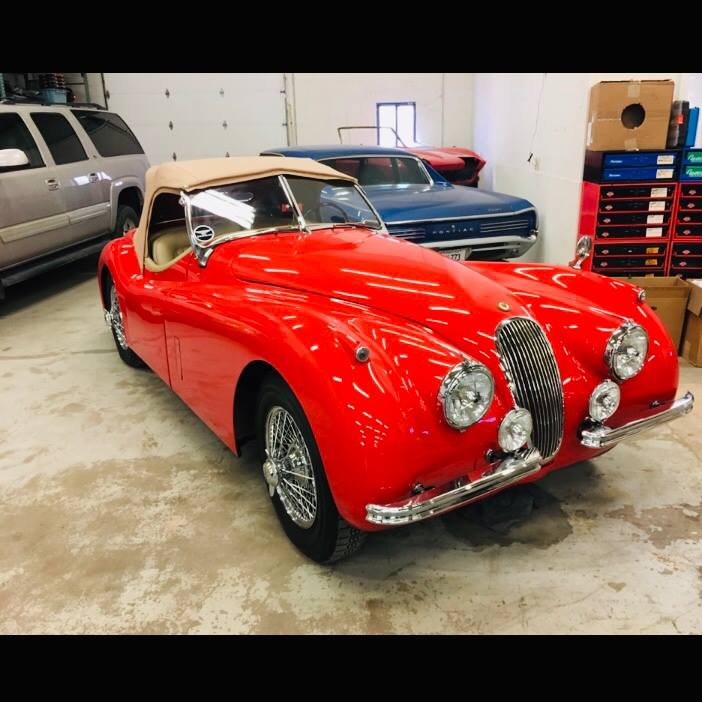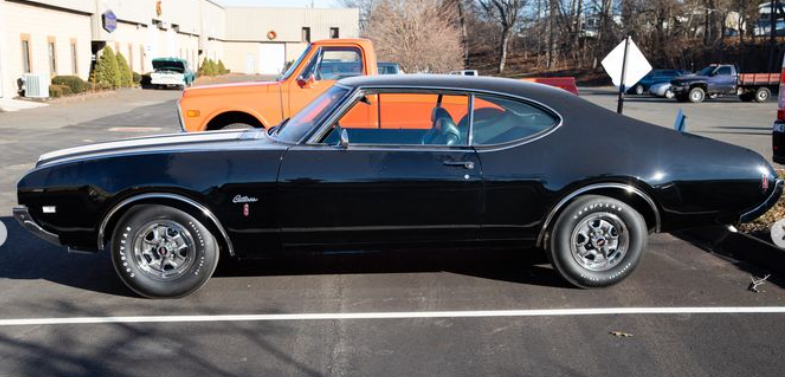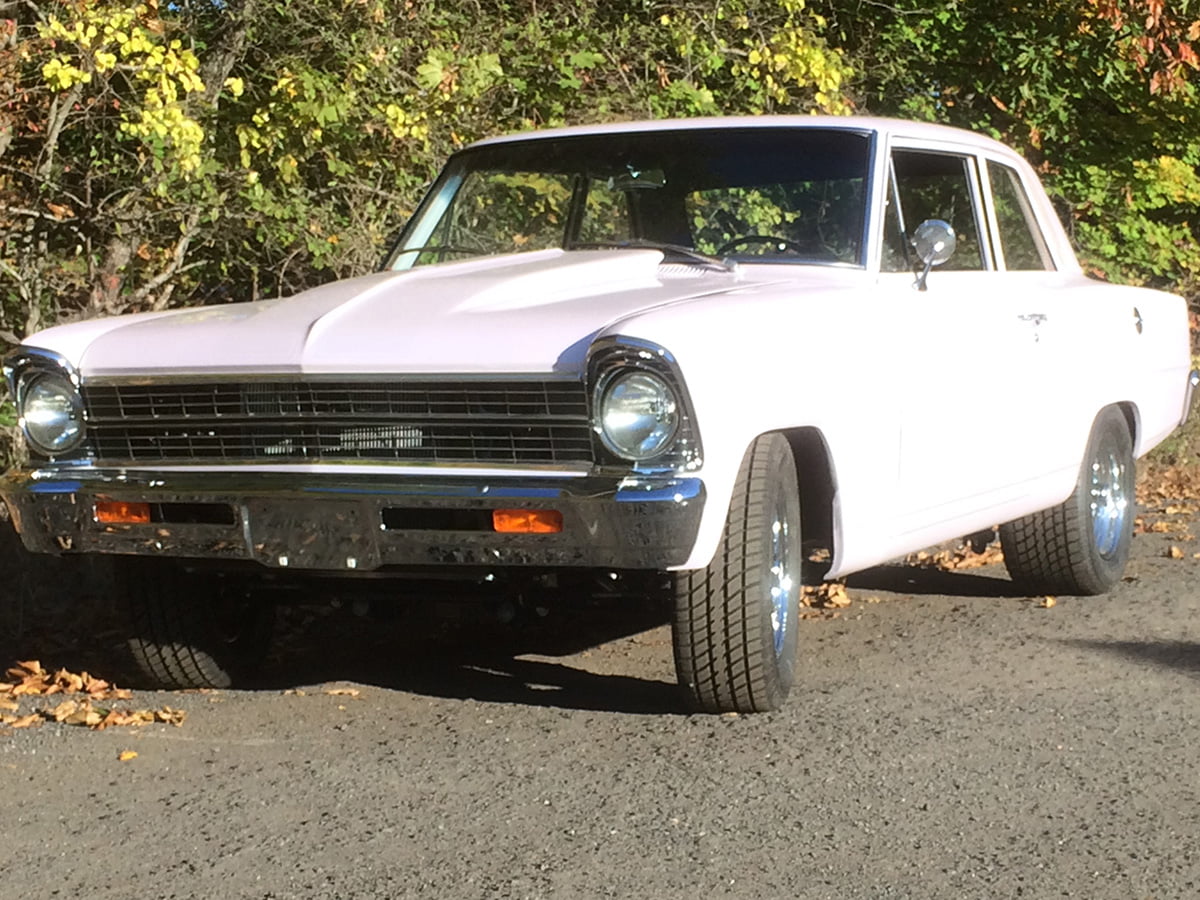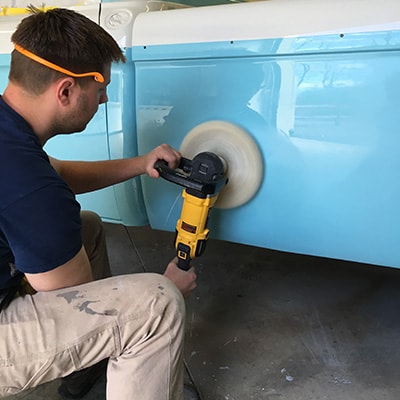If your classic car has been stored properly during the winter months, then prepping it for spring’s many adventures should be easy.. When bringing your car out of hibernation, be sure to perform these essential checks.
Start With The Exterior: Check The Headlights & Windshield
When it comes to safety, there is arguably nothing more important than visibility. After all, flash means nothing if you can’t see where you’re going. That’s why the first 2 components you should check are your headlights and your windshield. When looking them over, ask yourself:
- Are the headlamps (both front and rear) working? If they are, are they dull?
- Are there any major cracks or chips on the windshield that could prevent you from seeing the road clearly?
- Are the windshield wipers clean?
How’s Your Tire Pressure?
After you can confidently say that you can see what’s in front of you while you’re driving, you should check your tire pressure. Even if you visited your vehicle regularly during the winter, it’s still a good idea to ensure that your tires are filled to their recommended PSI. After all, you don’t want to start you first spring drive with a flat or blown tire, do you?
Tires for most sedan’s require a PSI of about 30- 32, while SUVs and trucks may call for a PSI of 40-42. To check the recommended PSI for your car’s tires, open your driver side door, and look at the sticker in the door jamb.
Pop The Hood: Any Evidence of Animals?
Mice, squirrels, and birds are notorious for nesting near car engines during the cold winter months. When you pop the hood, look for holes, chewed wires, and any animals that may still be there.
Top Off Fluids
After you made sure that the engine bay is free from resident rodents and birds, check your coolant, windshield wiper fluid, and oil levels. Use the line markers as a guide when filling; there’s no need to exceed this line, so if you’re already over it, then leave it–you’re good to go!
Go For a Test Drive: Do You Hear Any Odd Noises?
Once everything appears mechanically sound, take your car out for a spin. The goal of this initial run is to pinpoint anything that requires extra attention. Listen closely for any squeaking or grinding noises. If you hear anything, then you should consult an experienced classic car mechanic, like Innovative Restorations.



